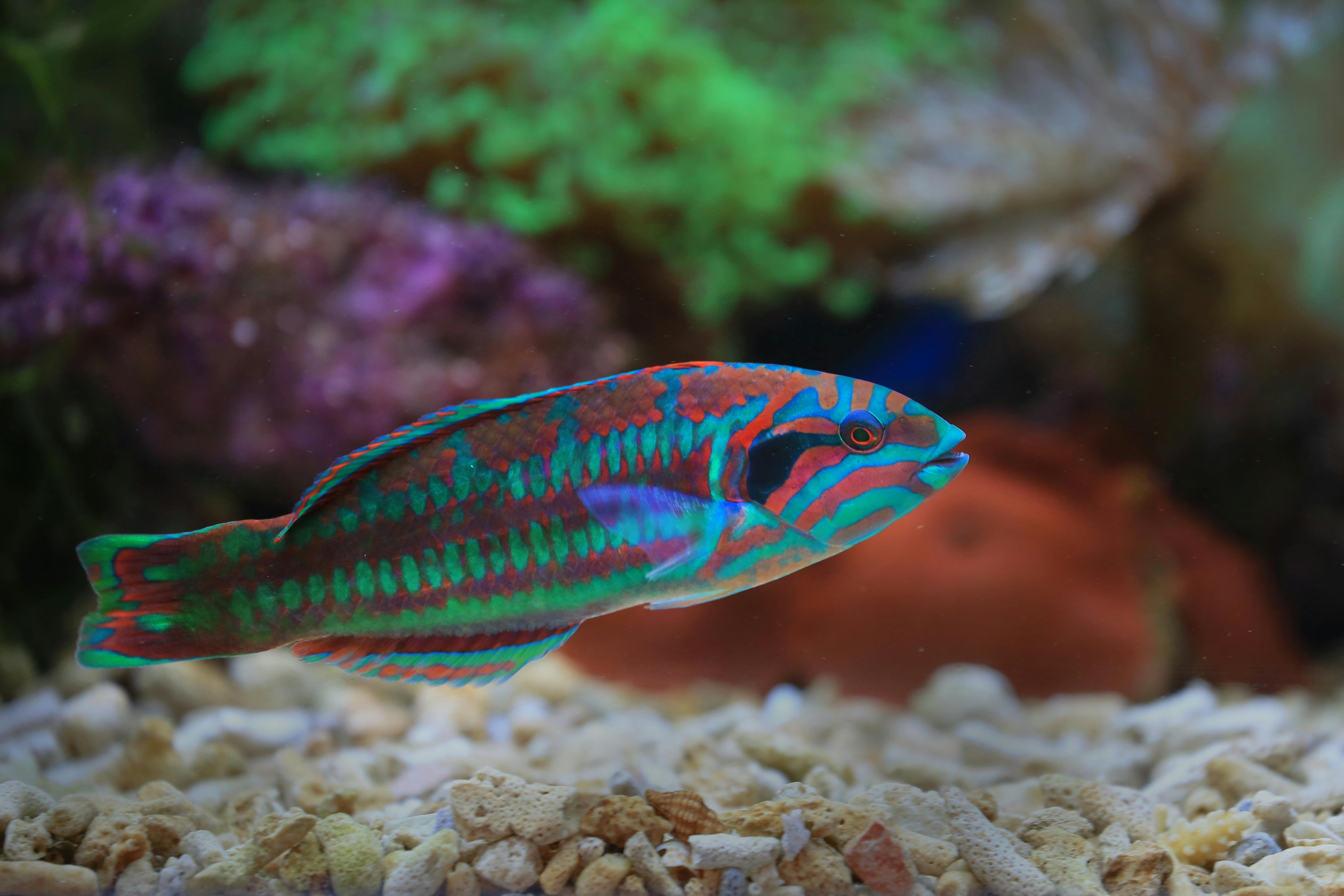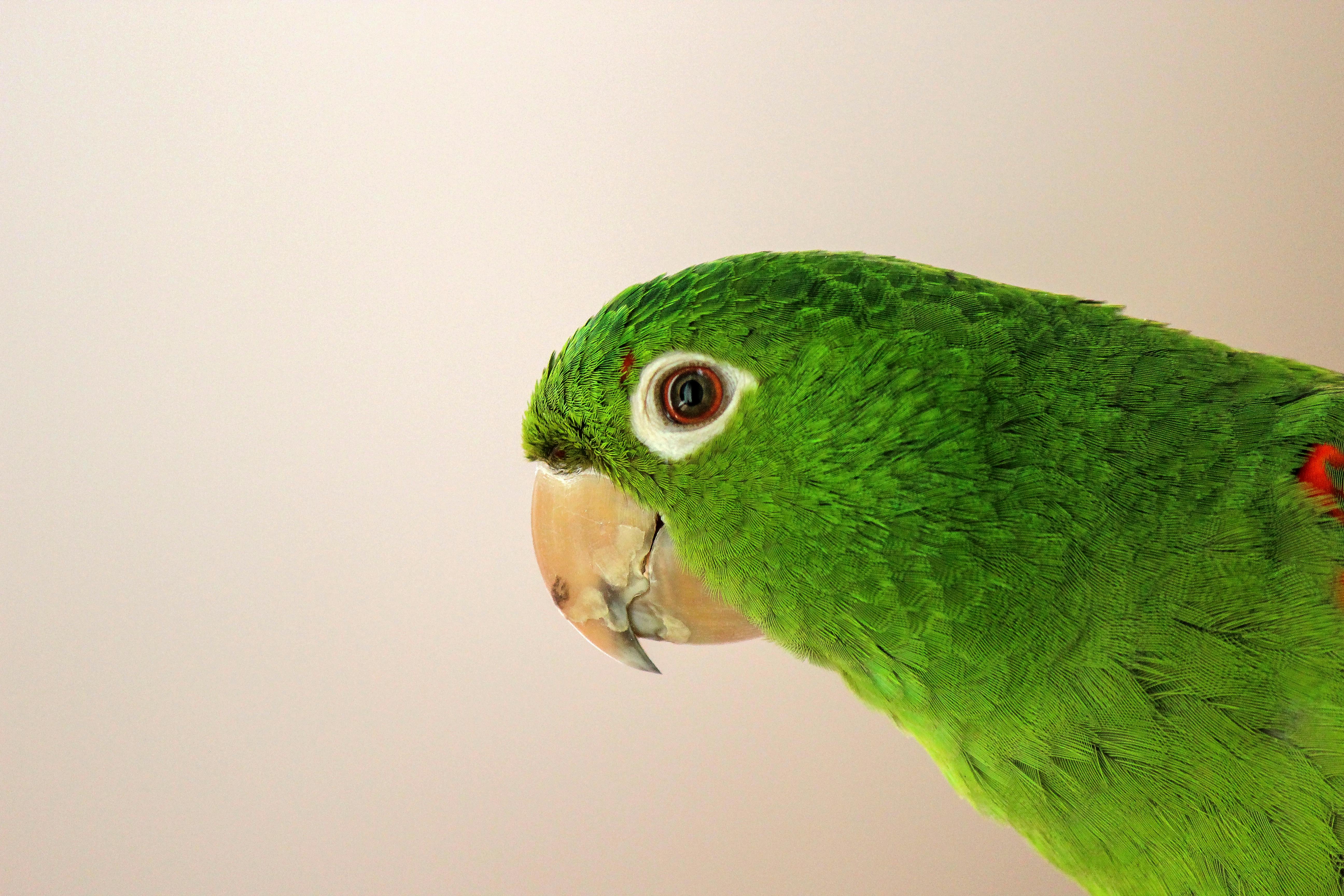
Apply Now


Smart Ways to Find Compatible Fish with Betta in 2025
Understanding Betta Fish Compatibility
Betta fish, known for their vibrant colors and personalities, have specific social needs that require careful consideration when selecting tank mates. One of the fundamental aspects of maintaining the health and well-being of a betta is choosing compatible fish for its tank. A betta’s territorial nature means that not all fish can coexist peacefully in a community setup. It's important to recognize that bettas are often more aggressive than other fish, making compatibility a crucial factor in creating a harmonious aquarium environment. Building on these fundamentals, when thinking about the best fish for a betta tank, consider the traits of potential tank mates, including their temperament, size, and social behavior. Fish that exhibit minimal aggression or have peaceful dispositions are typically safer choices. In 2025, as the knowledge of fish care evolves, understanding betta compatibility has become more nuanced, highlighting species that won't provoke aggression in bettas. This article will explore the best tank companions for bettas, including peaceful fish like neon tetras and guppies, as well as identifying plants and structures that can aid cohabitation.Identifying Peaceful Fish for Betta Tanks
When setting up a community tank for bettas, it's essential to choose peaceful fish that align with the betta's temperament. Neon tetras and guppies are often touted as ideal companions due to their small size and non-threatening behavior. Neon tetras, with their schooling nature, can add a splash of color while ensuring they do not engage in aggressive interactions with bettas. Moreover, guppies, while lively, can coexist well with bettas provided they're not the same color as the betta, avoiding any territorial disputes. Additionally, snails like the Mystery snail, and shrimps, such as Cherry shrimp, can be excellent companions but require careful monitoring. Bettas may initially ignore them, but the risk of aggression may increase if bettas feel their territory is threatened. The right tank configuration is essential in creating an ideal fish habitat that minimizes stress and promotes peaceful coexistence.Tank Size Recommendations and Environmental Factors
Understanding tank size is pivotal when introducing fish to a betta-centric community tank. A minimum tank size of 10 gallons is generally recommended to provide ample swimming space and territory for both bettas and their companions. Larger tanks allow for better water quality management and can help dilute aggressive behavior. Aquarium plants and decorations can also play a significant role in maintaining peace in a betta tank. Peaceful hideouts and borders to delineate territory can give both bettas and their companions a sense of security. Live aquatic plants not only enhance the aesthetics of the tank but also improve water quality, which is vital for all inhabitants. Moreover, the water temperature and filtration systems should be consistent and tailored to meet the needs of all species present, effective for enhancing the overall well-being of the tank.Choosing Compatible Species for a Betta Community Tank
The search for compatible species doesn’t end with peaceful fish; it extends to other types such as peaceful bottom dwellers, which can contribute positively to the tank ecosystem. Species like Corydoras catfish are often recommended due to their calm nature and tendency to stay in the substrate rather than invading a betta’s territory. Moreover, understanding the behavior of selected tank mates is critical. Research has shown that certain fish, such as otocinclus and certain rasboras, can coexist without disturbing the betta's space. Introducing new fish requires a gradual acclimation process to reduce stress and prevent aggressive reactions. Monitoring fish interactions closely helps identify any potential conflicts early on, allowing for timely intervention if needed.Maintaining Peace in Betta Tanks
Where water quality is concerned, maintaining a stable environment is foundational to the health of your betta and its companions. Regular water changes and monitoring of important parameters such as nitrogen levels, pH, and temperature are crucial to prevent stress and illness among tank inhabitants. Stress factors can hinder peaceful cohabitation and trigger territorial behavior in bettas. Feeding frequency also plays a role in reducing aggression. Bettas are known to exhibit certain behaviors around feeding times; therefore, ensuring that each tank mate is adequately fed and has access to food without aggression can significantly improve interactions. Investing in high-quality food for all species in the tank is essential and can promote a balanced community setup.Best Practices for Introducing New Fish
Techniques for Acclimatizing New Tank Mates
Introducing new fish into a betta fish community tank requires careful planning and execution. A gradual acclimation process is vital to allow existing bettas and newcomers to adjust to each other’s presence. This often involves floating the newcomers in their sealed bags in the tank to equalize temperatures, followed by gradually mixing tank water into their bags over several hours. This process minimizes shock and helps both the betta and new fish comfortably settle in together. It is advisable to monitor interactions closely in the first few days post-introduction to catch any signs of aggressive behavior early on. If tensions arise, having a tank divider on hand can help separate aggressive individuals while allowing visibility to reduce territorial stress.Understanding Betta Behavior with Companions
Common behaviors to observe in bettas include flaring and darting, which can indicate territoriality or stress. Recognizing these signs early helps in adjusting the tank configuration or removing potentially aggressive fish. Bettas exhibit a range of social dynamics; understanding these can clarify how to better adjust and maintain a peaceful community. It's important to integrate educational resources for fish care, including various betta compatibility charts, as they provide valuable insights into species that can safely coexist within the same environment. Furthermore, promoting practices that enhance the well-being of bettas can benefit their interactions with tank mates.Monitoring Betta Health in Community Tanks
An essential aspect of keeping a betta in a community tank is regularly monitoring their health. Common diseases in bettas can easily spread to other fish, and understanding the signs of illness is crucial for early intervention. Ensuring water quality is consistent and optimal for all species helps mitigate health issues that can arise from poor living conditions. Engaging in education about fish compatibility and species behavior can improve long-term success in maintaining community tanks. Sharing experiences and knowledge with other enthusiasts can also open doors to discovering effective tank configurations and species pairings that balance the ecosystem.Conclusion
Creating an optimum environment for a betta fish alongside compatible tank mates is both an art and a science. By understanding the complex social dynamics and environmental factors that impact bettas, aquarists can create flourishing community tanks that are vibrant and healthy. With a thoughtful selection of species, proper care techniques, and ongoing education, you can enjoy a successful betta tank in 2025 that meets both your aesthetic and ecological needs while keeping your betta happy.
